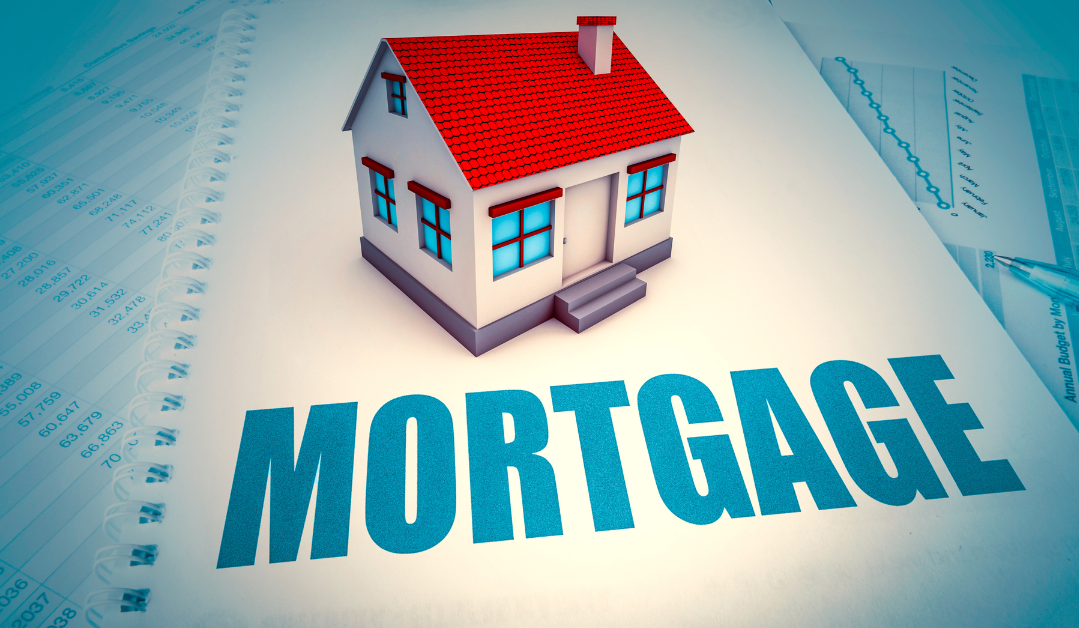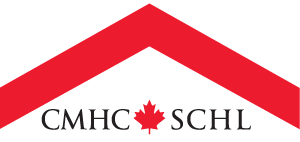
Are you a homeowner who is looking for a way to supplement your retirement income? If so, a reverse mortgage might be just what you need. Let's look at what a reverse mortgage is, how it works, and discuss Canadian mortgage regulations that may apply.
What is a Reverse Mortgage?
A reverse mortgage is a type of loan that allows homeowners to borrow money against the equity they have built up in their homes. Unlike a traditional mortgage where the borrower makes monthly payments to the lender, a reverse mortgage allows the homeowner to receive payments from the lender. These payments can be made as a lump sum, a monthly income, or a line of credit.
How Does a Reverse Mortgage Work?
To qualify for a reverse mortgage in Canada, you must be at least 55 years old and own your home. The amount of money you can borrow depends on the equity you have in your home, your age, and the current interest rates. The older you are and the more equity you have in your home, the more money you can borrow.
One of the advantages of a reverse mortgage is that you don't have to make any monthly payments to the lender. Instead, the interest on the loan is added to the amount you owe each month. The loan is repaid when you sell your home, move out, or pass away.
Canadian Mortgage Regulations for Reverse Mortgages
In Canada, there are several regulations that apply to reverse mortgages to protect homeowners. For example, lenders must ensure that borrowers receive independent legal advice before taking out a reverse mortgage. This is to make sure that borrowers fully understand the terms and conditions of the loan.
Additionally, the amount that can be borrowed is limited to a percentage of the home's appraised value. This percentage increases as the borrower gets older, up to a maximum of 55% for those over 85 years of age.
Another regulation that applies is the requirement for lenders to provide a "no negative equity guarantee." This means that even if the amount owed on the reverse mortgage exceeds the value of the home, the borrower or their heirs will not be responsible for the difference.
Benefits and Drawbacks of Reverse Mortgages
One of the main benefits of a reverse mortgage is that it allows homeowners to access the equity in their homes without having to sell or move out. This can be especially helpful for those who want to stay in their homes as they age.
However, there are also drawbacks to consider. The interest rates on reverse mortgages are typically higher than traditional mortgages, and the amount owed can accumulate quickly. Additionally, the borrower's estate will receive less money when the home is sold or passed down to heirs.
Overall, a reverse mortgage can be a useful tool for Canadian homeowners who are 40 years or older and looking to supplement their retirement income. However, it's important to understand the regulations and potential drawbacks before taking out a reverse mortgage. By doing so, you can make an informed decision that works best for your financial situation.
Posted by Infinity Admin on
Leave A Comment